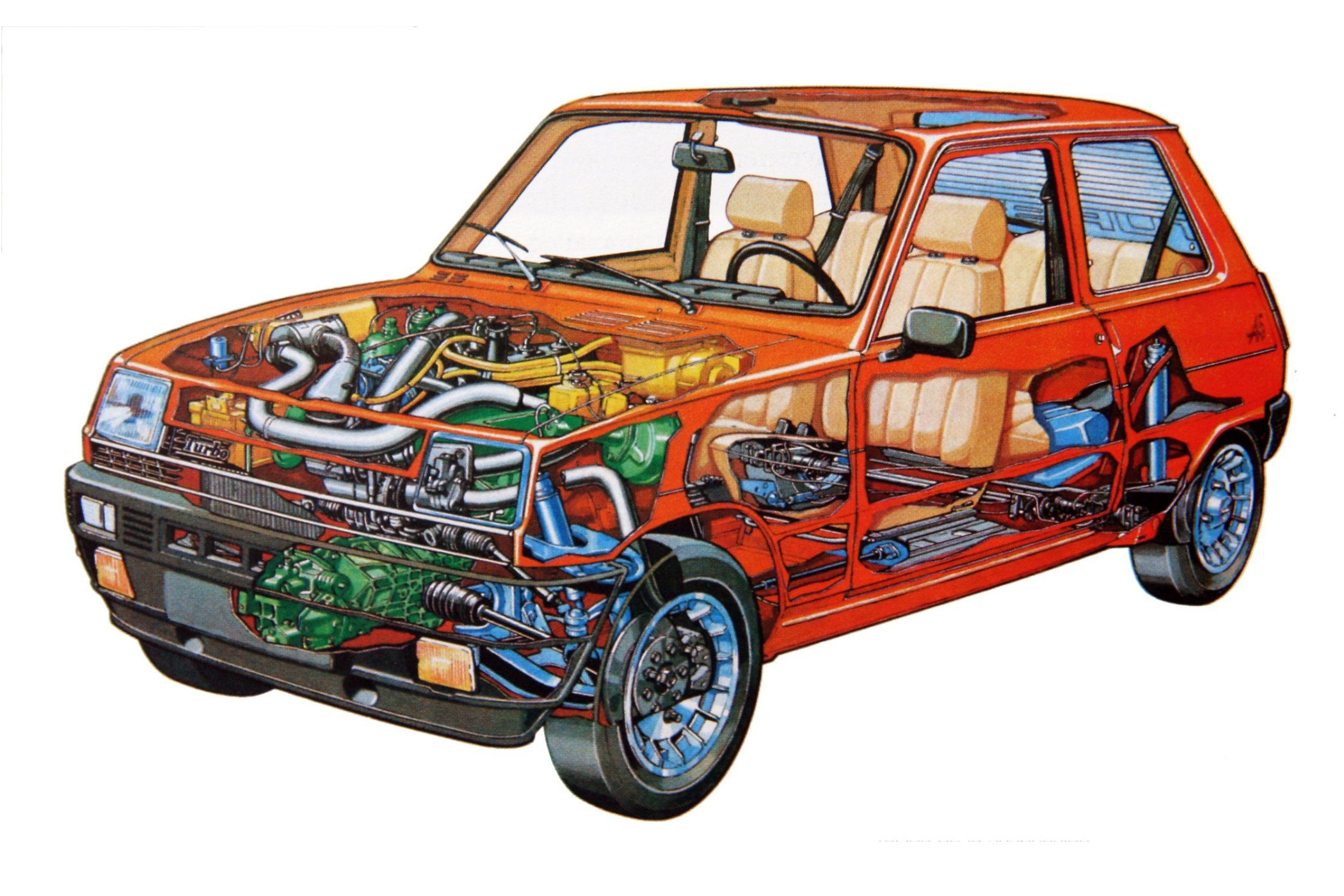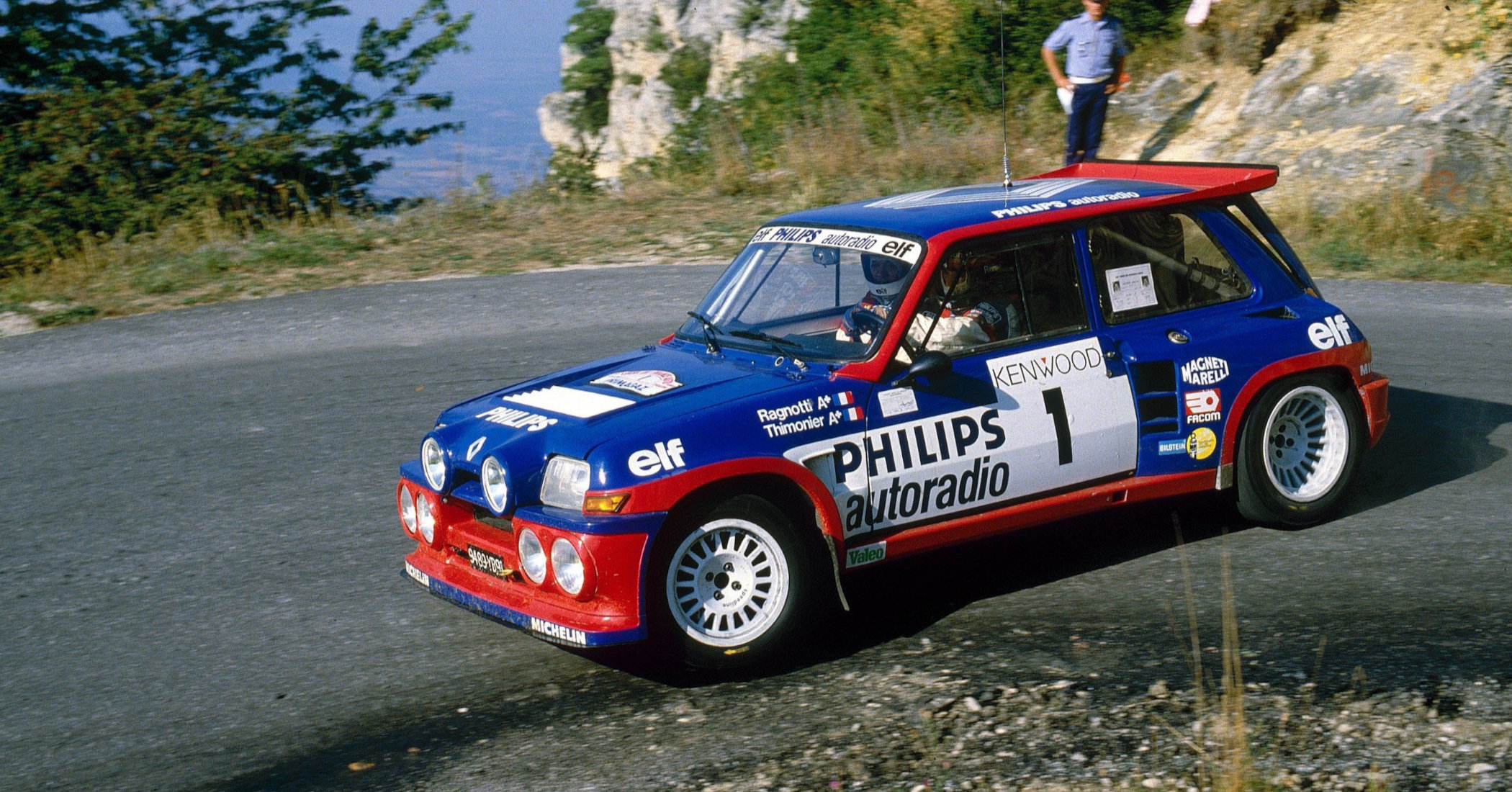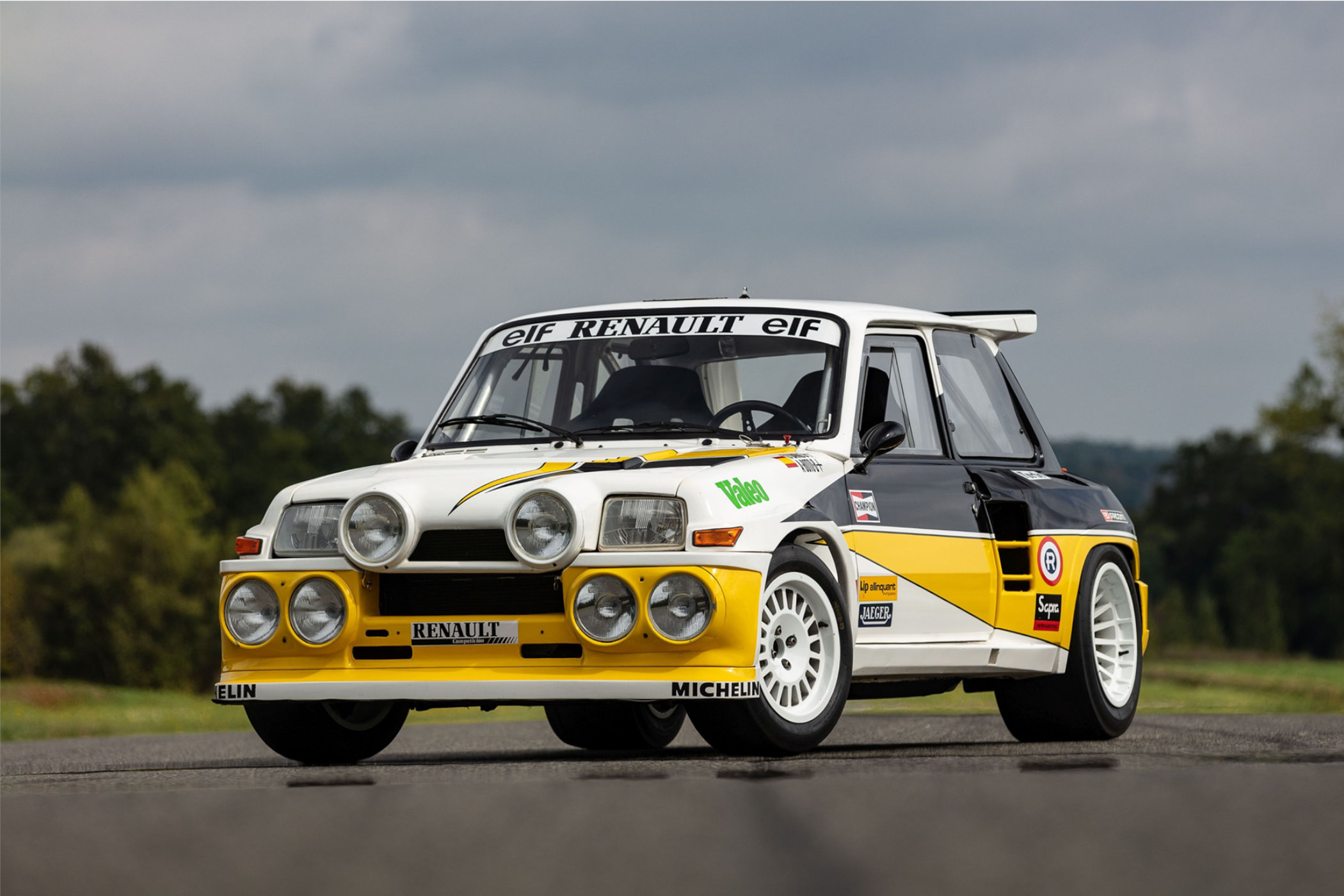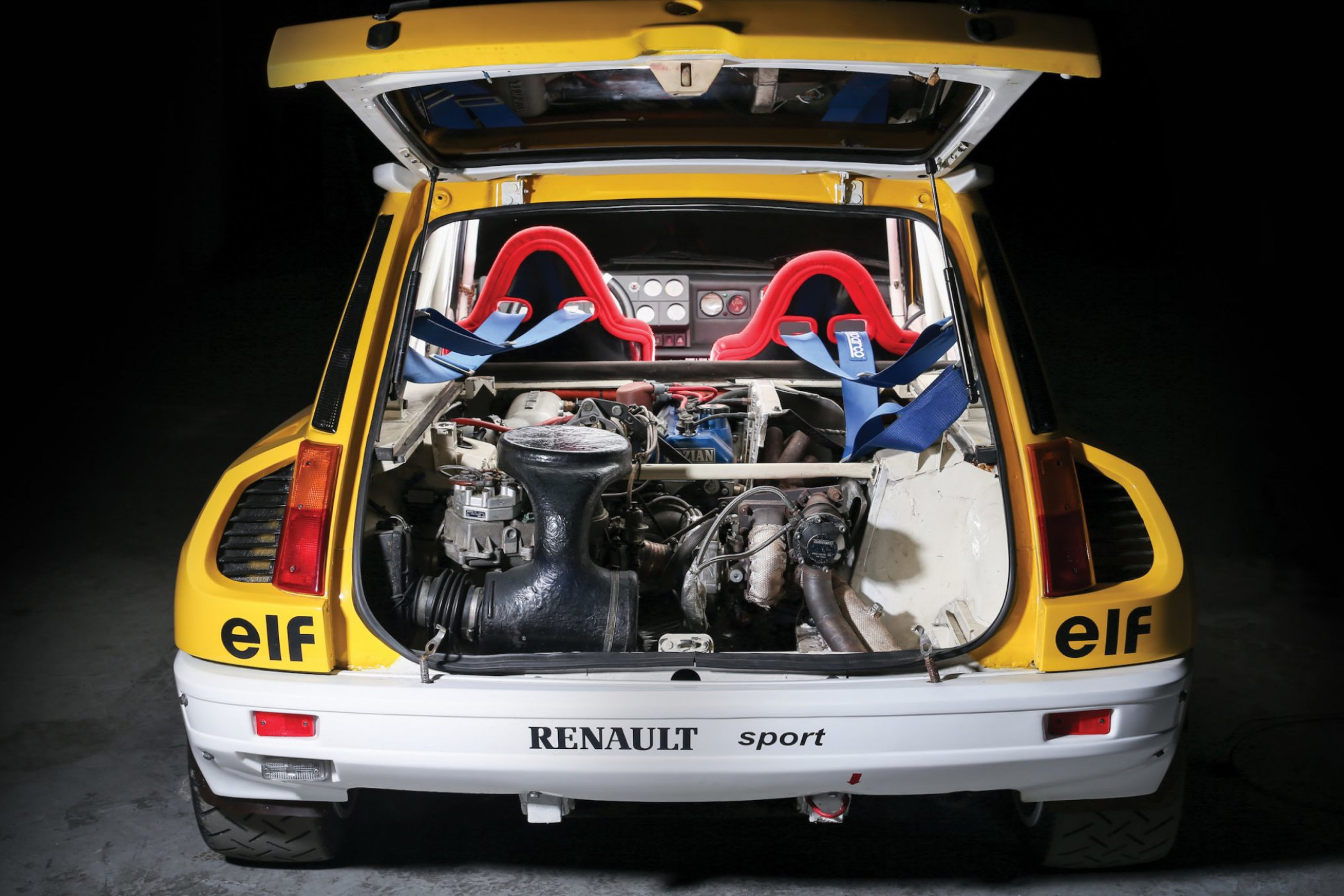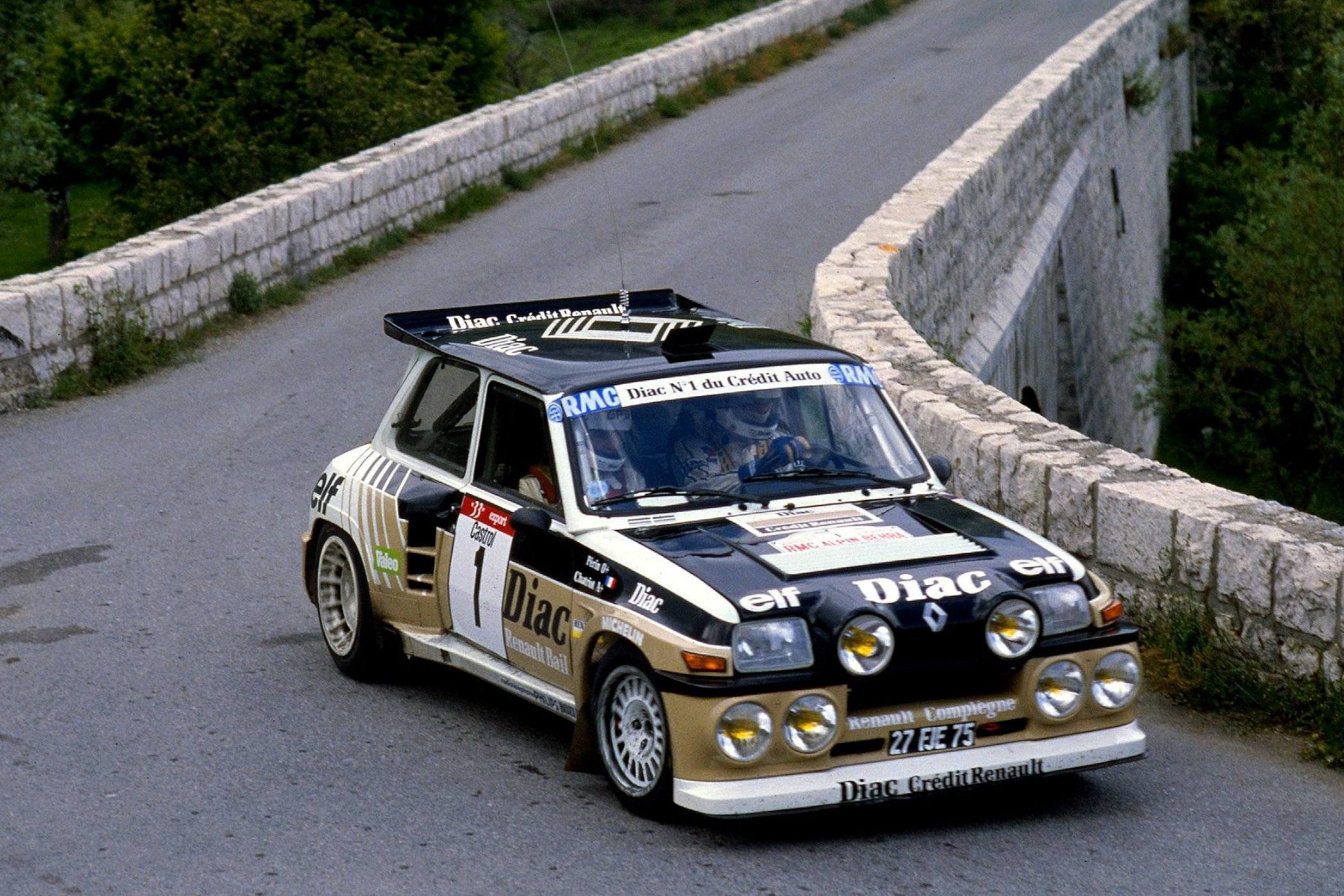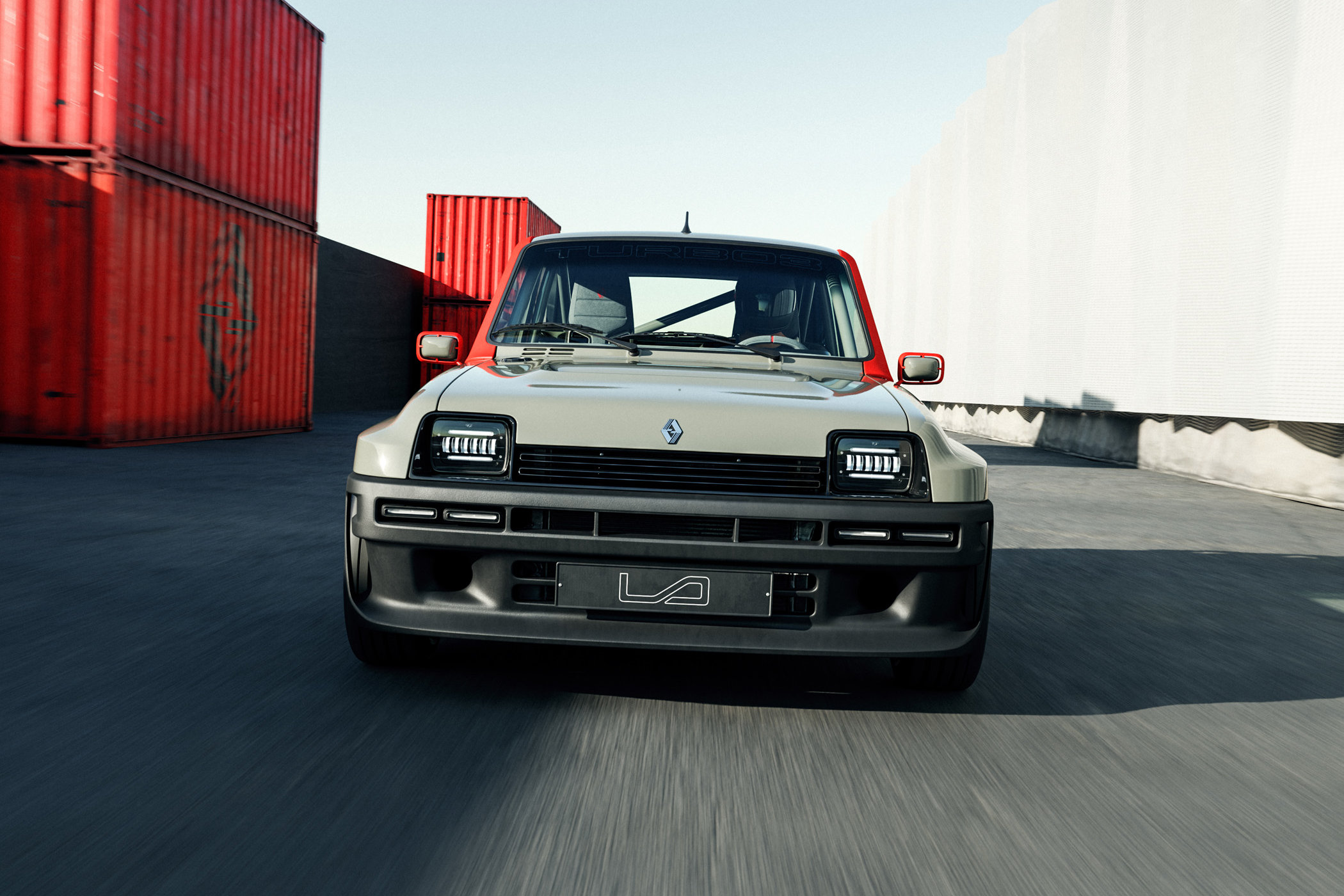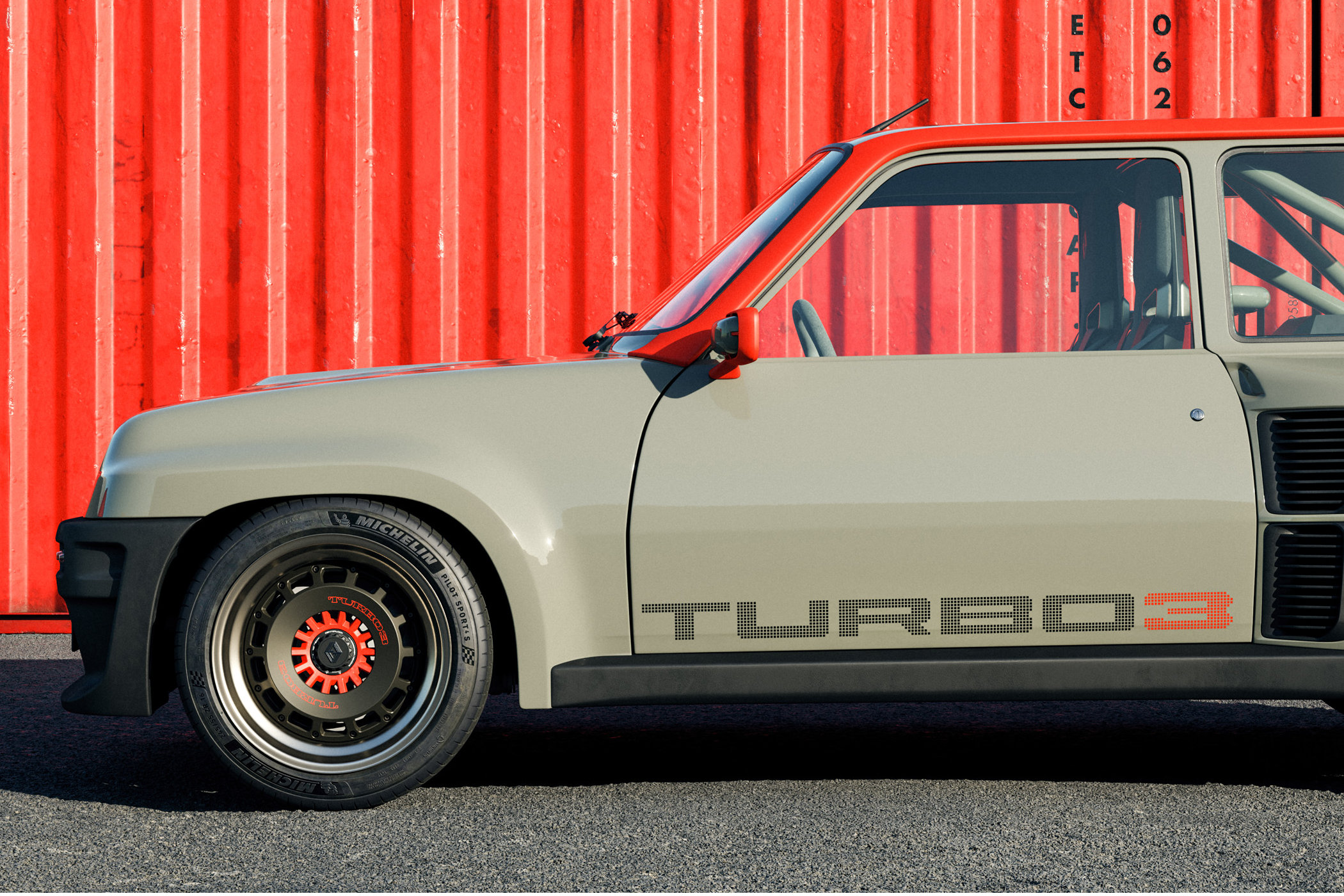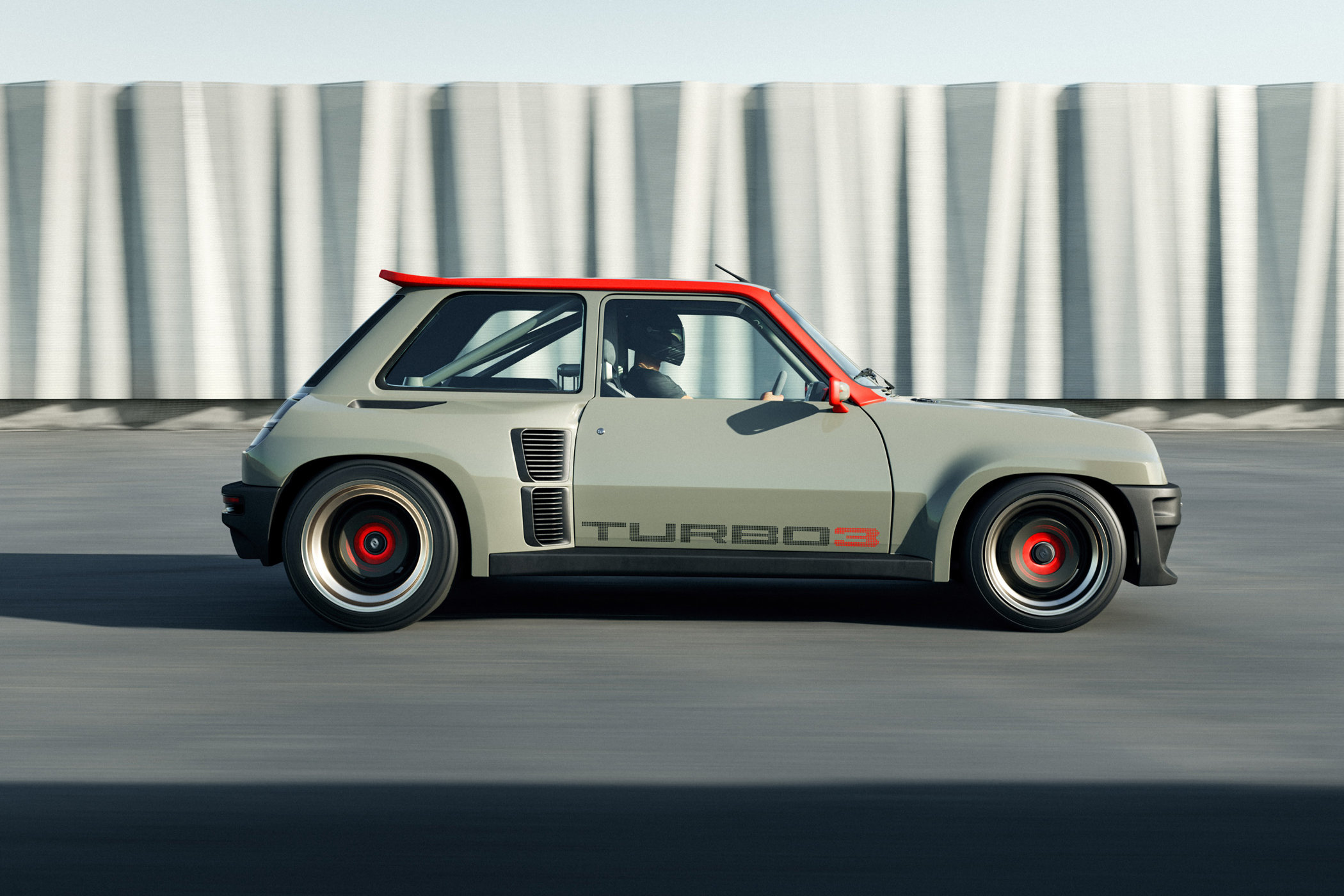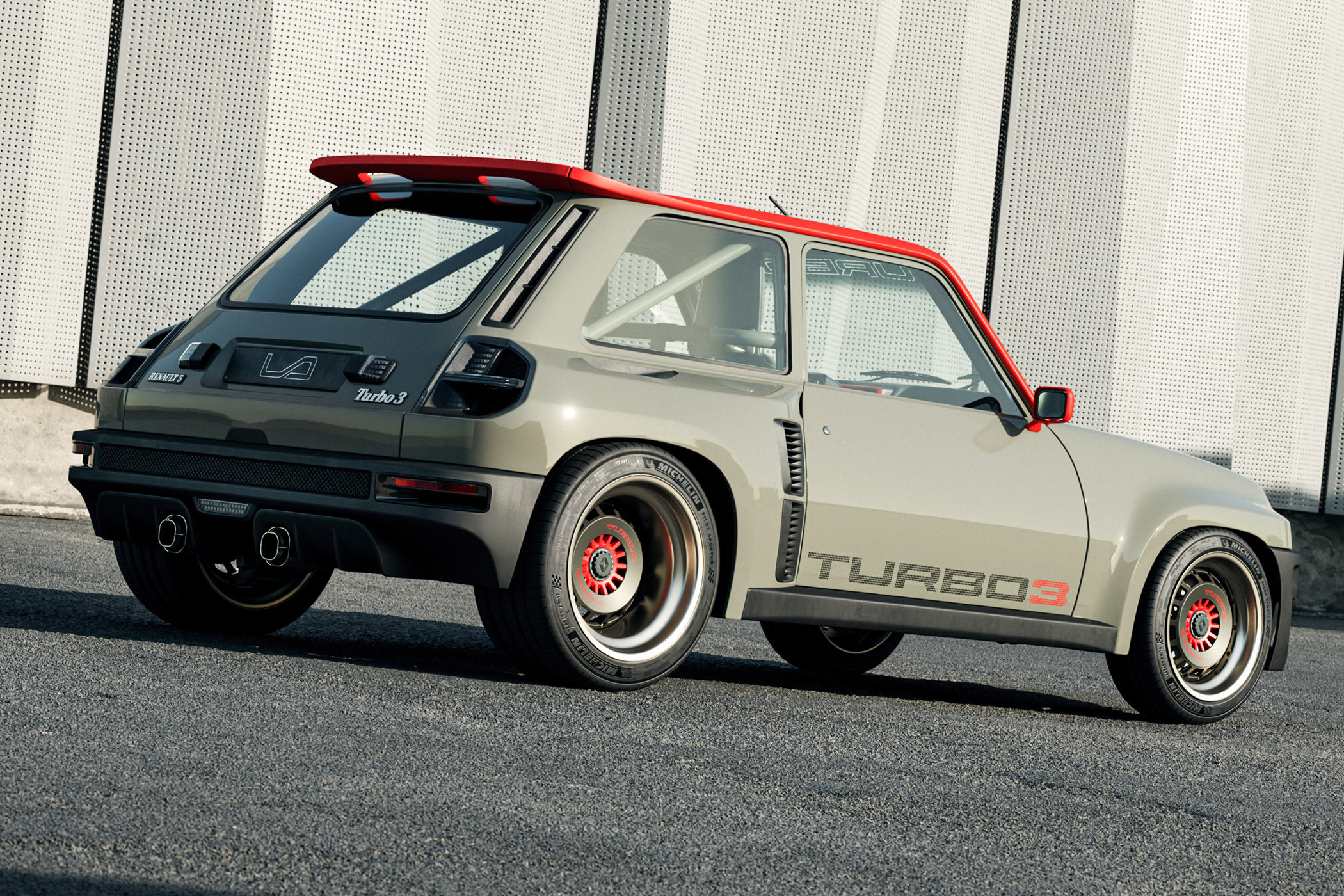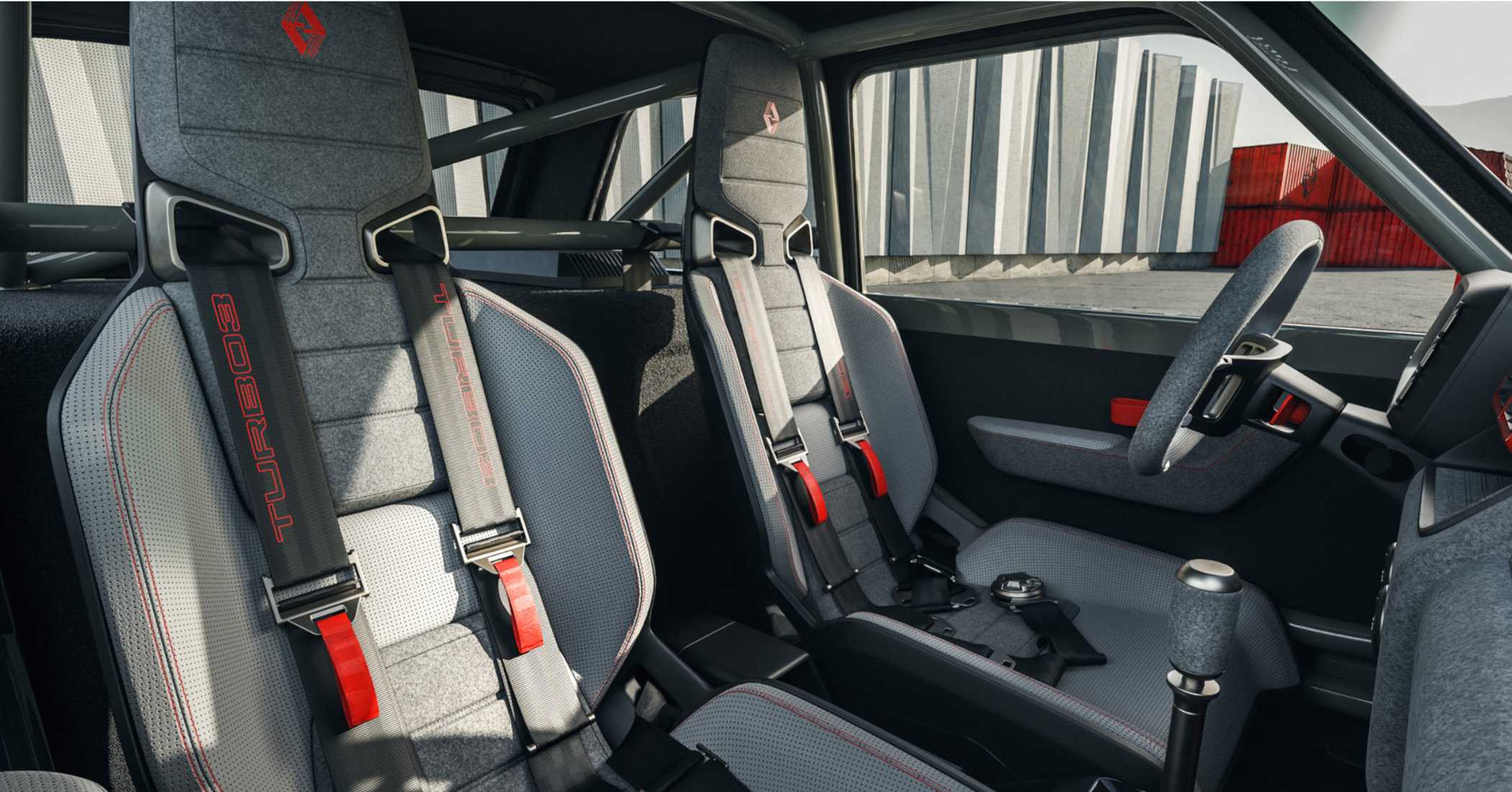The Legende Automobiles Renault 5 Turbo III
A brief history of the famous “Le Car”, and a very cool restomod Renault 5.
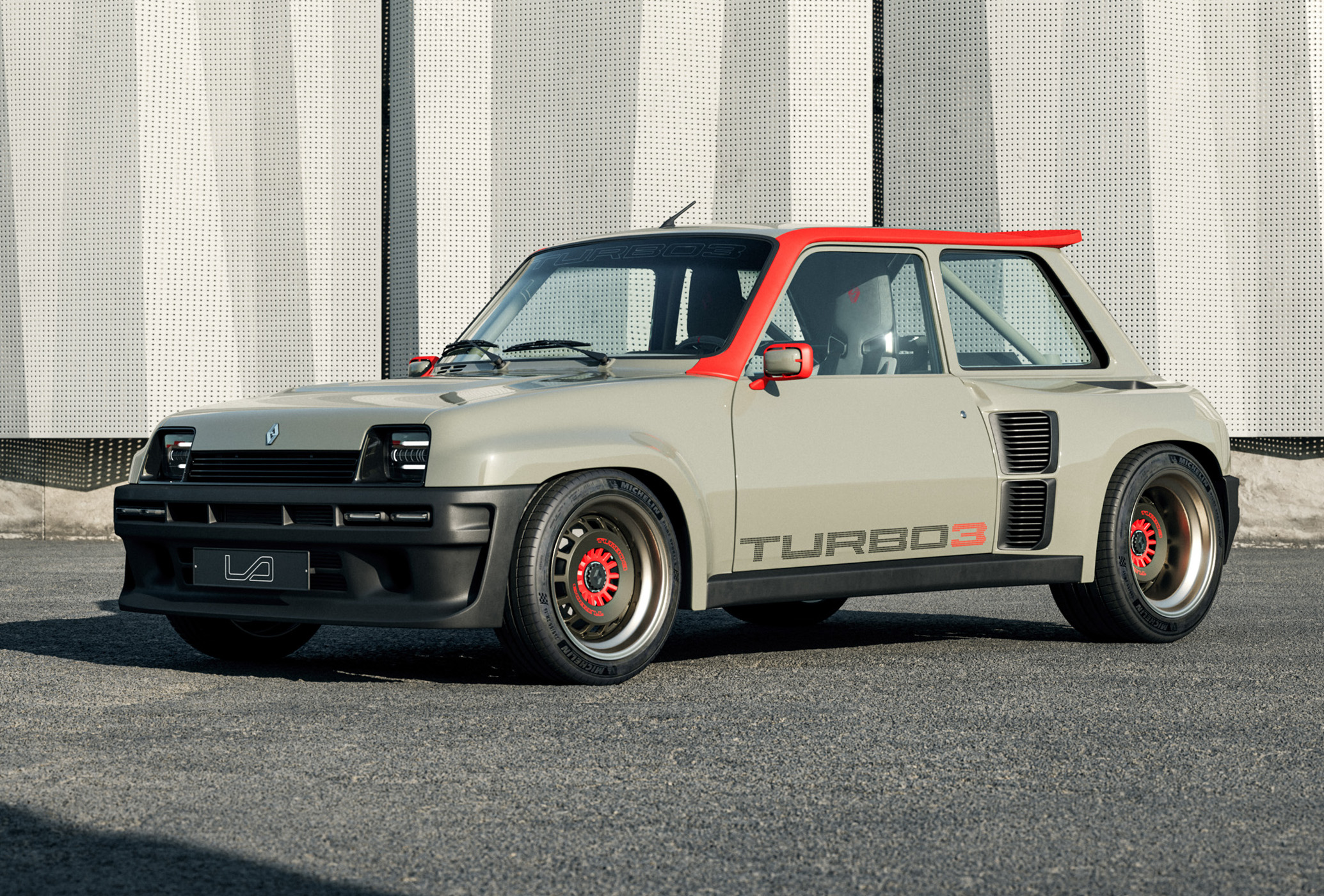
The restomod-scene is decades old already, with small shops all around the world bringing modern tech to all sorts of classic cars. usually in dramatic fashion and with spectacular results. But, as much as let’s say the independent watchmakers in the same vein, it was an industry for the insiders, the well-educated, and the deep-pocketed car nuts. While a restomod still requires (very!) deep pockets, this segment within the automotive industry blossomed in recent years, mostly due to companies like Singer. The next project wanting its piece of the proverbial pie is the Legende Automobiles Renault 5 Turbo III.
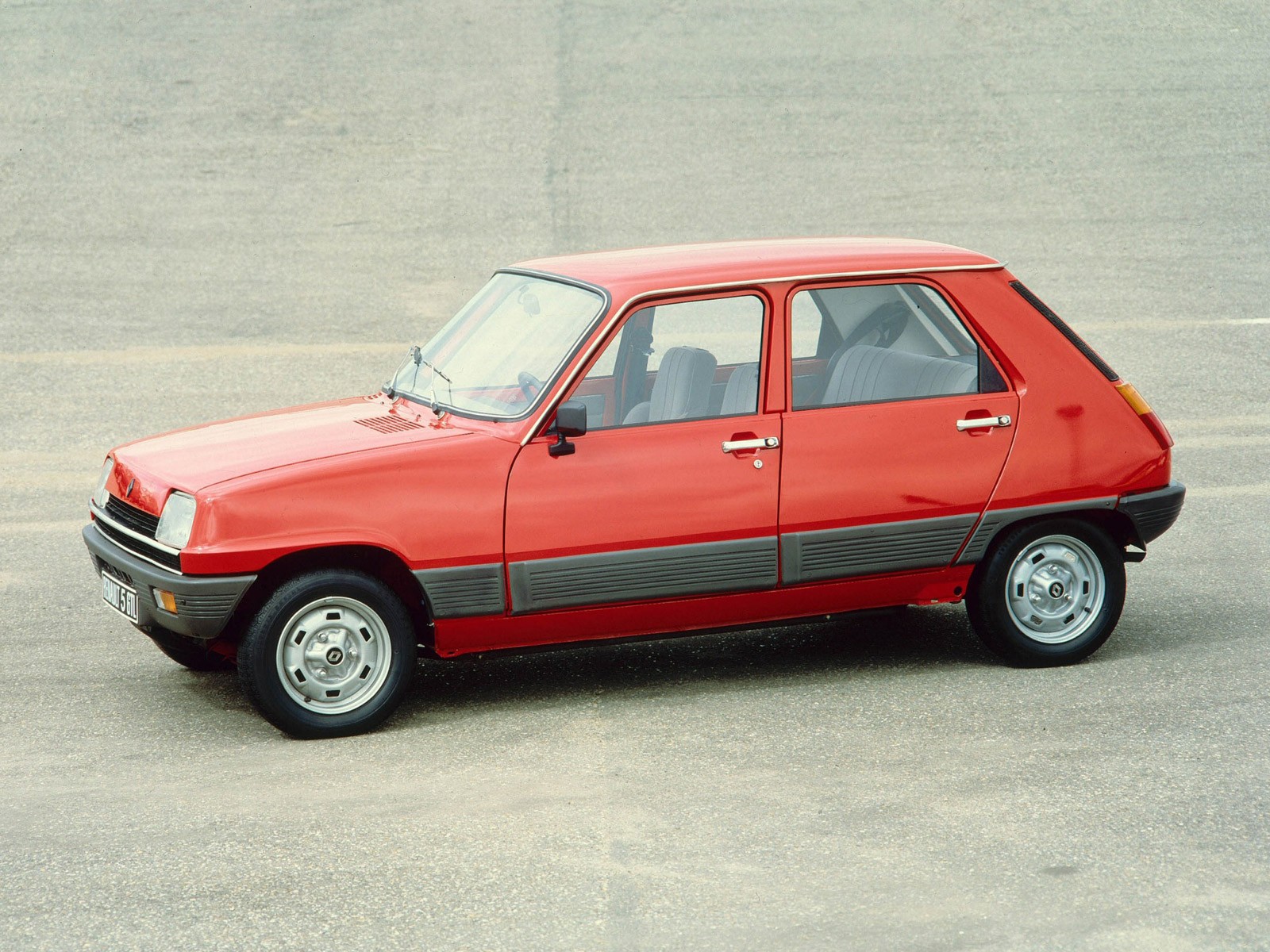
To me, this one brings together a couple of iconic elements in the automotive industry. First, it is in extent based on a car I saw in the streets when growing up and not some super-exotic rarity, to begin with. Second, it uses one of the wildest Group B style homologation road-legal rally cars as a base. And third, it is yet another very impressive, and downright cool restomod build. And considering the fact we’ve seen a fair share of super interesting projects in recent years, to me it seems these just keep getting better and better!
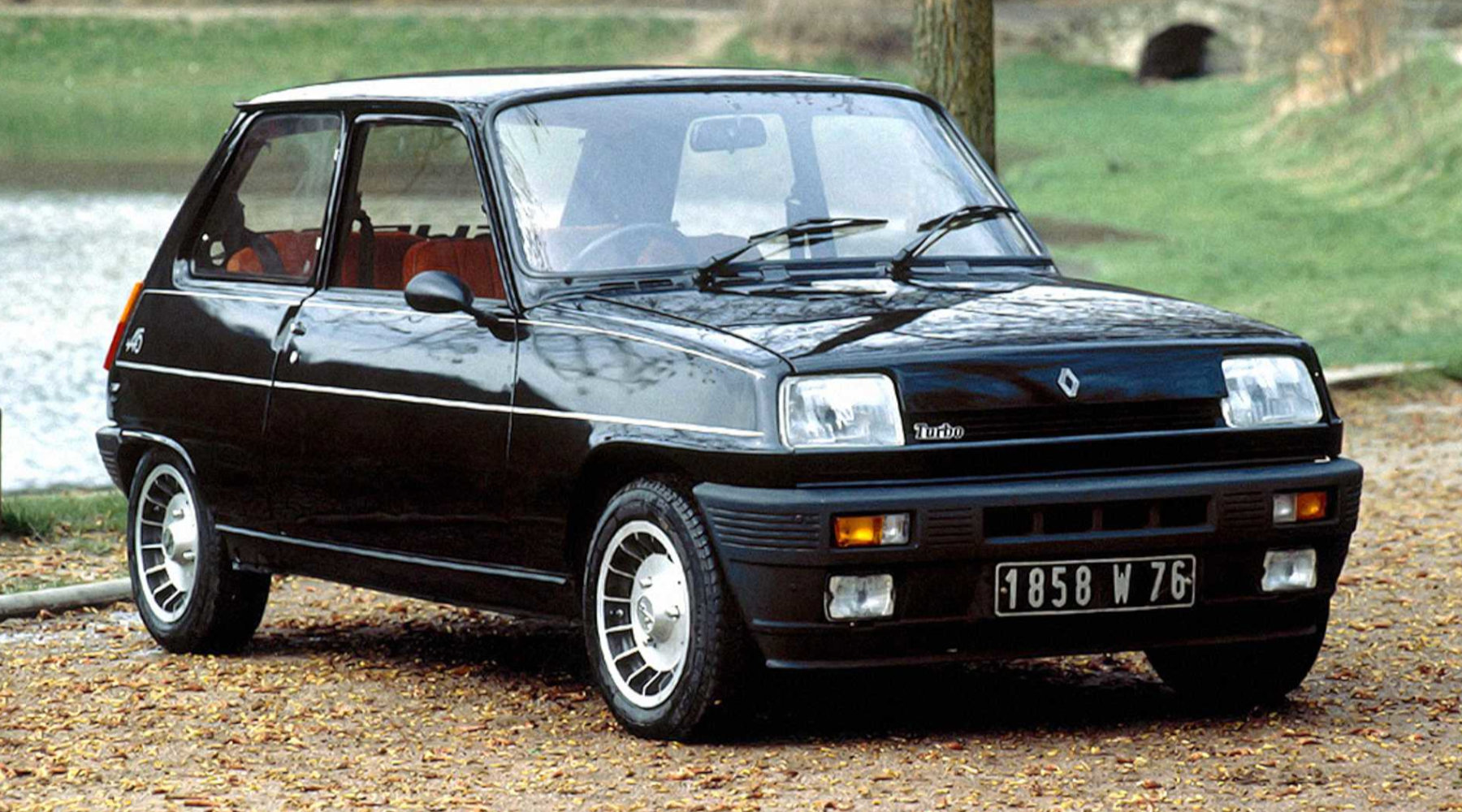
Now, a restomod should be all about hugely increasing both reliability and performance, whilst remaining true to the original it is based on. At least from the outside, but preferably regarding the interior and mechanicals as well. It’s not just swapping out the original engine in favor of some high-powered big, lumpy V8 and installing a couple of off-the-shelf racing seats. And yes, some projects might ditch the combustion engine in favor of electric power, but that’s another discussion entirely. In my eyes, a restomod is all about capturing the spirit of a certain car and elevating that to new levels. And with that usually comes some incredible level of detail, exemplified by this Legende Automobiles Renault 5 Turbo III.
The original Renault 5 was built as the successor to the already very popular Renault 4. While the Renault 4 was in production for over 30 years, with 8 million built, the Renault 5 would trump it with over 9 million cars built in the span of 24 years (1972-1996). And while the replacement Renault Clio was introduced in the late 1980s, the “Cinq” proved so popular it was produced alongside the Clio for several years. To this day it remains (one of) the most popular French cars ever produced.
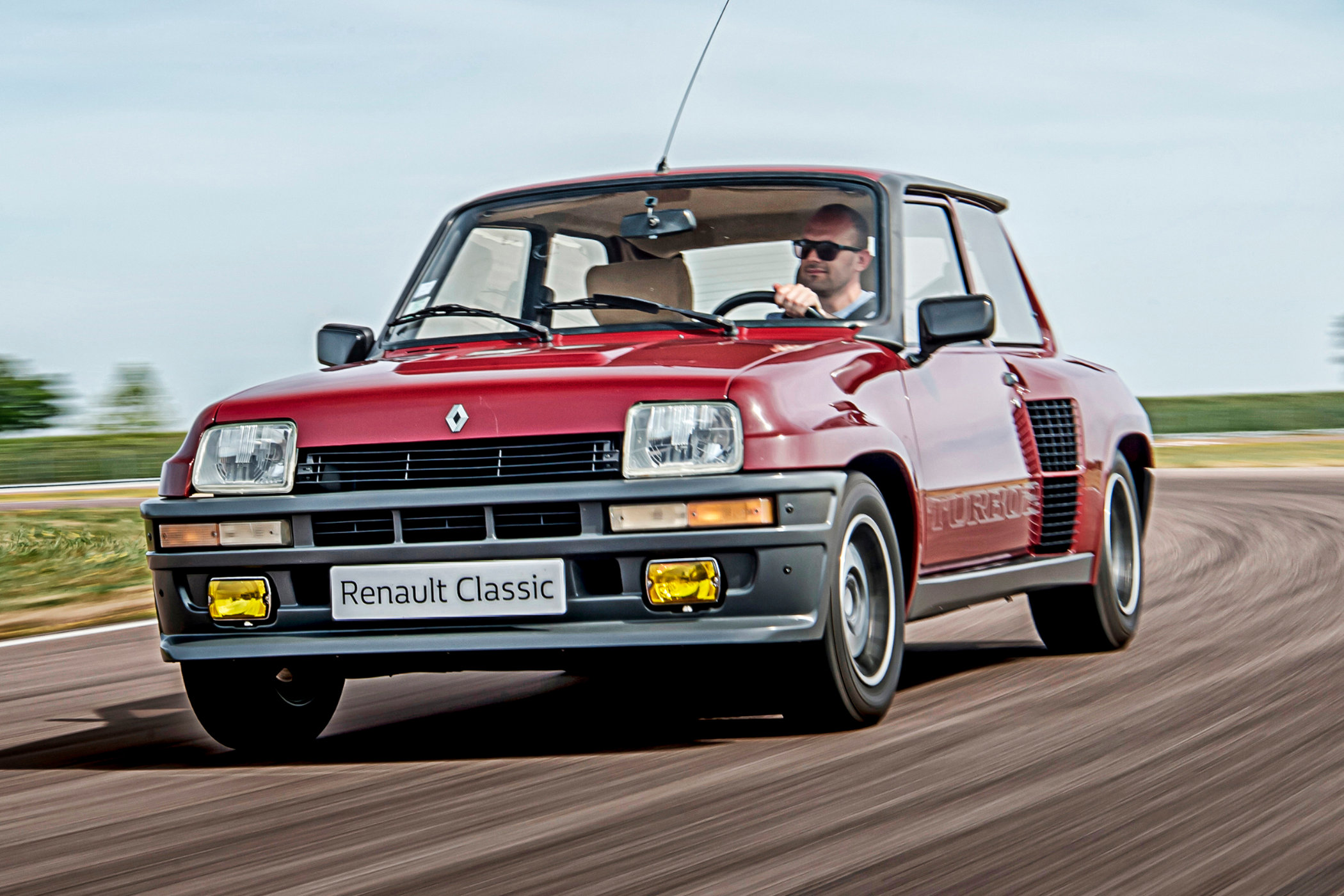
The Renault 5 was created by chance, as it was styled by designer Michel Boué in his spare time. When supervisors learned of his work, they saw the huge potential of the concept. The design was much more modern than the outgoing Renault 4, and pretty much anything else on the market at the time. Renault moved quickly and built a prototype in just 8 weeks. Sadly Michel Boué never got to experience what would become one of the world’s most popular cars as he passed away from cancer before it went into production.
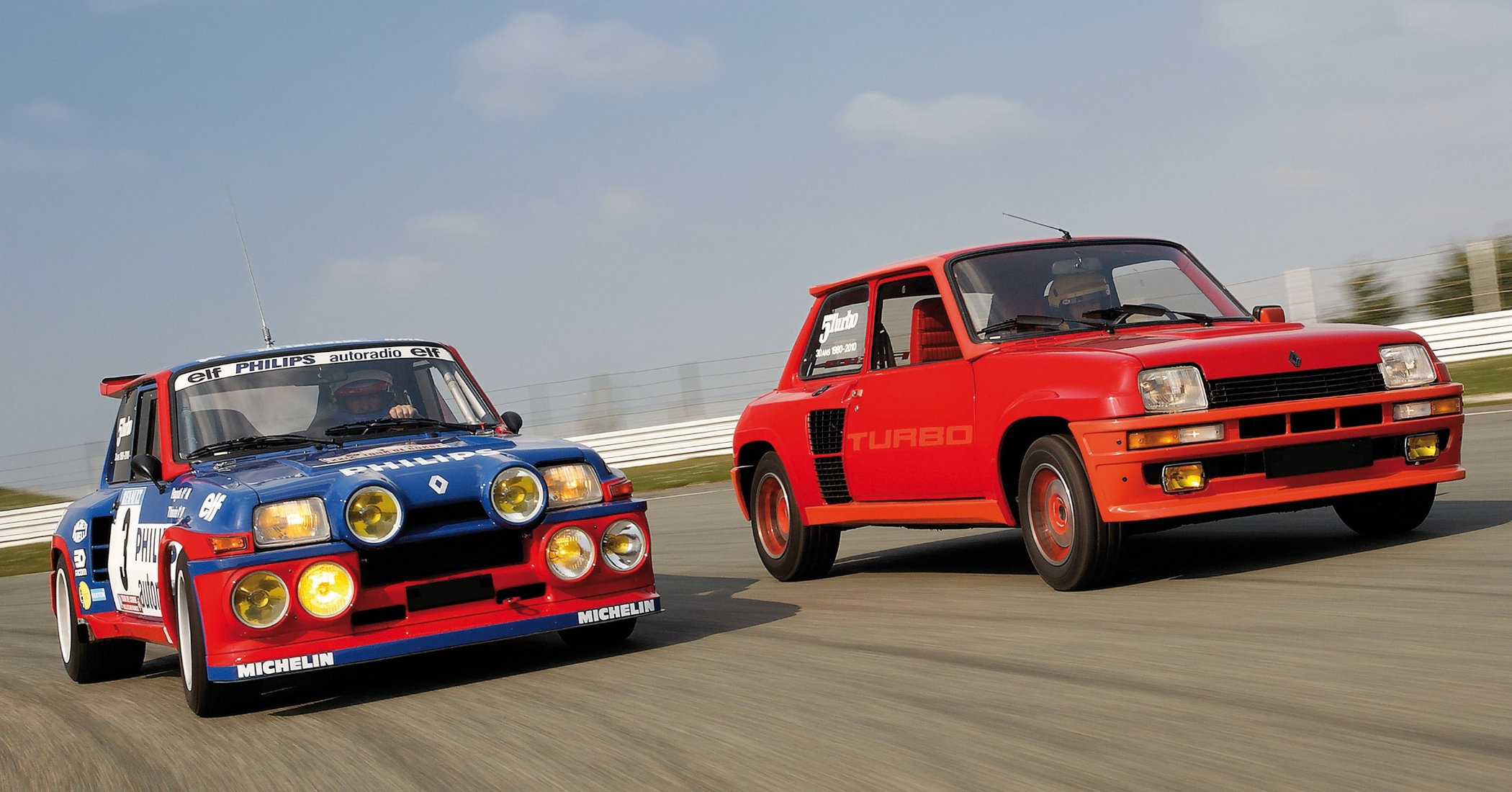
During the car’s life, the Renault 5 became available in a whole range of models. From three to five-door models (counting the rear hatch as a door), and even convertible and high-performance variants as well. It was sold throughout the world and even produced under different, licensed names. In the US and Canada, the Renault 5 was marketed as “Le Car” from 1976 to 1983, a period where small, sensible European and Asian cars proved popular.
The full history of the Renault 5 and all its iterations is expertly storied by DriveTribe.
A couple of things should be noted though, to avoid any confusion. The performance models of the Renault 5’s were initially labeled as Alpine, the performance and racing branch of Renault. Subsequent models, like the Alpine Turbo and the GT Turbo, would still rely on the platform the Renault was known for; engine and drive in the front, spacious cabin in the back.
The Renault 5 Turbo and Turbo II, however, moved the engine and drive to the rear, to create a much faster car and subsequently one of the first-ever hot-hatches. It essentially became a mid-engined car aimed to go rallying. See how this can get confusing?
The distinction between the mid-engined Turbo and Turbo II with the Alpine, Alpine Turbo, and GT Turbo is quite easy from the outside though. The Renault 5 Turbo (I and II) features big, boxy wheel arches and updated aerodynamic elements. Behind the seats was a 1,4 or 1,5-liter turbocharged engine that started at 158hp. The Renault 5 Turbo was built to homologate the little car for rallying, which required 400 road-legal cars to be produced at the time.
The Turbo and Turbo II are much more aggressive cars, both in performance and looks. This culminated in the full rally-prepped Renault Maxi Turbo, which produced over 340hp and competed in the Group B World Rally Championship. It wouldn’t be as successful as Renault hoped, mainly due to the lack of performance against four-wheel drive competitors. In total, a little under 5,000 of the road-legal pocket-rockets would be built.
Petrolicious made this fitting tribute to the Renault 5 Turbo II;
And the Renault 5 Turbo II is where Legende Automobiles comes in, and reworks it into the Turbo III, a new chapter for the boxy hatchback. The name might suggest a French company but it is very much a US-based workshop. Legende Automobiles is set up between three men sharing a similar passion for cars. Alan Derosier dreamed of building a restomod car since he moved to Los Angeles in 2018, and although he loves Porsches, he didn’t feel like he wanted to compete with Singer, Rod Emory, Guntherworks, or any other prolific Porsche restomod-shop. So, another childhood icon was selected; the Renault 5. Together with Charly Bompas and Pierre Chaveyriat he managed to build a rather impressive looking machine indeed.
From the outside, there’s not all that much to give away the work Legende Automobiles has done. Sure there are the modern LED headlights and custom diffuser and exhaust set-up in the back, but that essential eighties-madness is still there (which is a good thing!). However, upon closer inspection, a lot has changed to change the Turbo II into the Turbo III. For starters, there’s the body, almost entirely done in carbon fiber. It has also been widened to accommodate bigger wheels.
The upgrades don’t end there, as there’s modern suspension all-around and a new four-cylinder engine producing 400 horsepower which is of course mounted behind the seats. A new sequential gearbox sends that power to the rear wheels only, which should make this car plenty of fun to drive! Just like the outside and underside of things, the interior has also been updated.
In true Renault 5 style, the less-is-more design of the cabin is retained, although now with a fully digital instrument cluster. An exposed roll cage indicates this car means some serious business, as the specs seemingly back up rather fittingly. The car is finished in a grey and orange combination, which continues on the inside as well.
For now not much else is known, as Legende Automobiles keeps a few things under wraps so far. The price for instance, or how many the three-man team is planning to build. Oh, and the source of the engine isn’t fully known either, but rumors go it is a Renault Megane RS engine.
More details can be found on Motor1.com, Pistonheads.com, and of course Legende Automobiles’ website.

